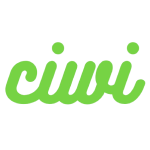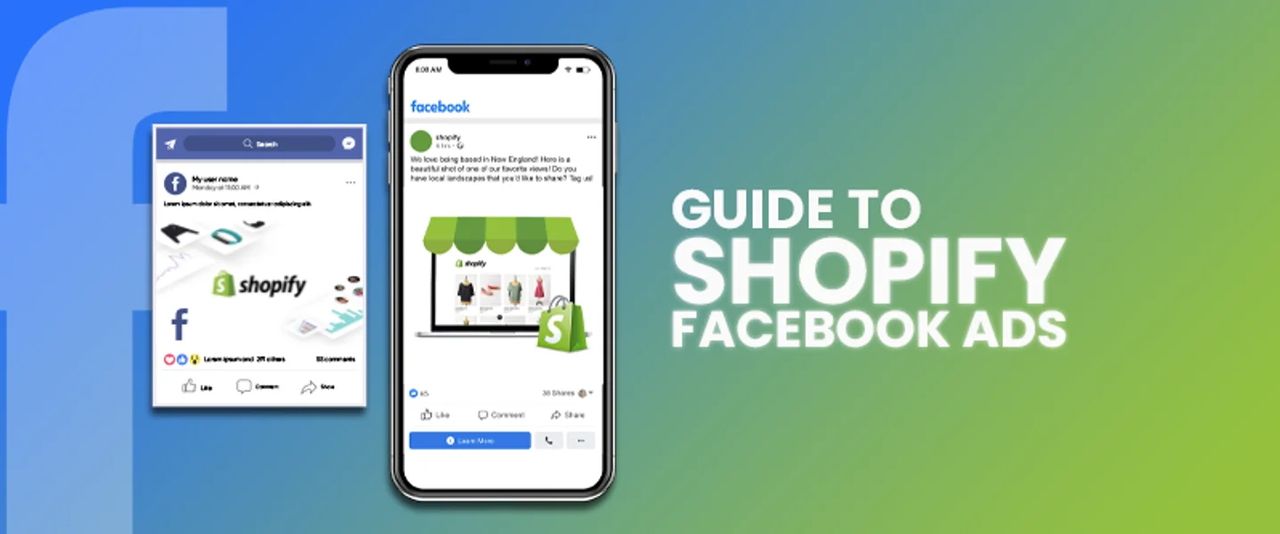Introduction
Driving traffic from your Shopify store to Facebook is one of the most effective ways to boost engagement, increase conversions, and grow your brand. With over 3 billion active users on Facebook, leveraging this platform for eCommerce is essential in 2025.This guide covers everything from store compliance, account integration, catalog setup, ad structures, creative production, tracking, and optimization strategies. Whether you’re starting organic campaigns or running paid ads, this step-by-step approach will help maximize your Shopify-to-Facebook traffic and ROAS.
1.Pre-launch Store & Compliance Setup
Store Policies & Checkout Optimization
Before running any ads, ensure your Shopify store is fully compliant:
- Check currency, taxes, shipping, and checkout flow in Shopify settings.
- Add Privacy Policy, Refund Policy, Shipping Policy, Terms of Service in your footer.
- Enable Shop Pay to streamline checkout and improve conversion rates.
Cookie & Privacy Compliance
- Enable a cookie banner for EU/UK users to comply with privacy laws.
- For regions with strict privacy rules, consider tools that block unauthorized third-party scripts.
Ad & Commerce Compliance
- Confirm your products are allowed on Facebook (no weapons, alcohol, adult items).
- Prepare business licenses, legal product details, and clear return policies if using Facebook/Instagram Shops.
2.Accounts & Data Integration
Meta Business Account Setup
- Create a Meta Business account and connect your Facebook Page, ad account, and Instagram account.
- Assign roles carefully using least privilege principles and enable 2FA for all admins.
Shopify × Facebook Binding
- Install the Facebook & Instagram app from Shopify App Store.
- Follow the setup wizard to connect your Page, ad account, and Commerce account.
- Enable maximized data sharing (Conversions API + Pixel) for better tracking.
Domain Verification & Event Prioritization
- Verify your Shopify domain in Meta Business settings.
- Configure event priorities (AEM):
- Purchase
- InitiateCheckout
- AddToCart
- ViewContent
- Use Test Events to ensure proper triggering and optimize event matching quality (≥6/10) with hashed email, phone, and country.
3.Product Catalog & Shop Setup
Catalog Creation & Synchronization
- Create a product catalog in Commerce Manager.
- Ensure all Shopify product info (title, price, stock, images, GTIN) syncs correctly.
Product Sets for Dynamic Ads
- Organize products into sets: Bestsellers, New Arrivals, Restocks, Clearance.
- This organization supports Dynamic Product Ads (DPA) for retargeting campaigns.
4.UTM Tracking & Campaign Naming
UTM Templates
Use a consistent UTM template to track Facebook ad traffic:utm_source=facebook&utm_medium=cpc&utm_campaign={{campaign.name}}&utm_content={{ad.name}}
Campaign Naming Conventions
- Recommended format:
YYYYMM_Channel_Objective_Country_Category_Audience_Creative - Example:
202509_FB_Sales_US_Shoe_Broad_UGC1 - Monitor conversions via GA4 Acquisition Reports to validate ad performance.
5.Recommended Ad Structures
Advantage+ Shopping Campaign (ASC)
- Campaign Goal: Sales
- Automatic placements; exclude buyers from the last 30/60/180 days.
- Each ad set: 3–8 creatives (videos, images, copy variations).
Cold Start Manual Campaigns (ABO/CBO)
- Campaign Goal: Website Conversions
- Ad sets: broad audience, interest combos, lookalike 1%
- 3–6 creatives per ad set to test performance.
Retargeting Ads (DPA)
- Audience layers:
- ViewContent 14 days
- AddToCart 30 days
- InitiateCheckout 30 days
- Exclude buyers from last 180 days.
- Use dynamic product ads with incentives: discounts, free shipping, or gifts.
6.Creative Production & Optimization
Video Production Framework
- First 3 seconds: hook (pain point, contrast, or twist)
- Showcase solution and product value
- Include proof (reviews, tests, comparisons)
- Clear CTA (Buy Now / Limited Offer)
Variants & Dynamic Creative
- Produce 3–5 variations per script (different first lines, covers, pacing).
- Enable dynamic creative to let Facebook optimize automatically.
7.Learning Phase & Budget Management
- Each ad set should achieve ≥50 conversions per week for stable learning.
- Avoid frequent major edits (budget, audience, creatives at the same time).
- Budget adjustments ≤20% per change.
- Thresholds:
- CTR < 2% → change creative
- ROAS < 1.5 for 3 days → reduce budget or pause
- CPM spike → expand audience
- High AddToCart, low conversion → optimize landing page
8.A/B Testing & Automation
- Use Ads Manager experiments to test creatives, audiences, and bidding.
- Maintain the same budget for accurate results.
- Automated rules:
- ROAS > target → increase budget 10–15%
- CPA > threshold → pause ad
- CTR < threshold → downgrade or replace creative
9.Common Issues & Troubleshooting
- Events not attributed → check CAPI + Pixel deduplication and parameters.
- AEM not configured → domain verification and event priority missing.
- Catalog errors → complete required product fields and resync.
- New account restrictions → maintain steady campaigns, avoid sudden large budget changes.
10.Pre-Launch Checklist
- All business, ad accounts, Page, and IG accounts correctly assigned, 2FA enabled.
- Pixel & CAPI functional, domain verified, AEM sorted.
- Catalog syncing healthy, product sets ready.
- ASC, cold start, retargeting campaigns created.
- UTM & naming conventions implemented.
- Daily optimization according to CTR, CPC, ROAS, CPA thresholds.
Conclusion
Driving traffic from Shopify to Facebook requires a combination of store compliance, data integration, creative strategies, and structured ad campaigns. By following this 2025 guide:
- Set up your Shopify store and policies correctly
- Connect Shopify to Facebook and verify tracking
- Organize catalogs and product sets
- Run optimized campaigns using ASC, ABO/CBO, and DPA
- Monitor, test, and automate for maximum ROI
With these strategies, Shopify-to-Facebook campaigns can deliver higher traffic, better engagement, and increased sales. Start implementing these steps today to maximize your eCommerce growth in 2025 and beyond.


